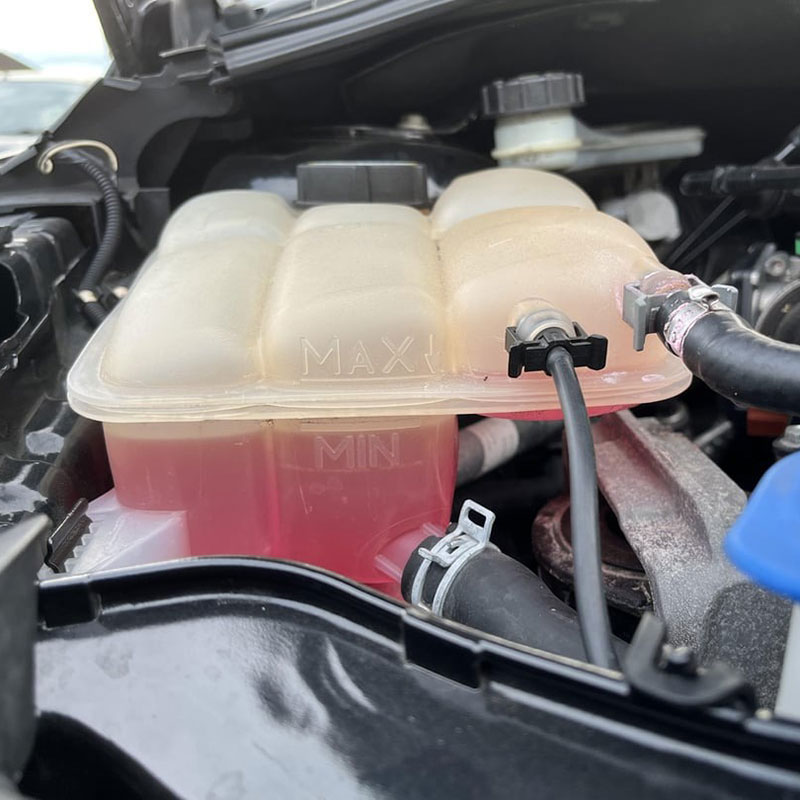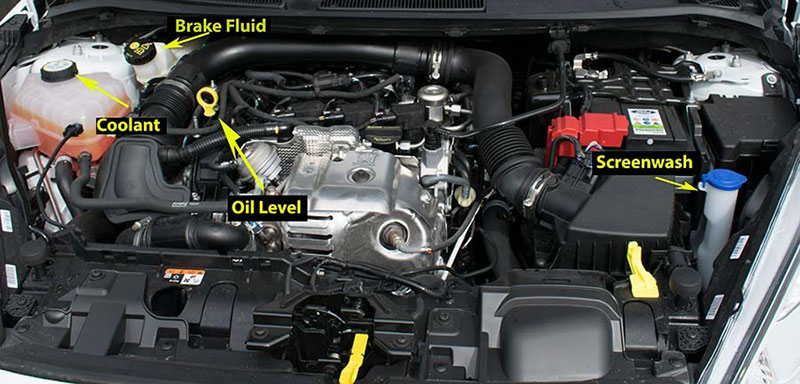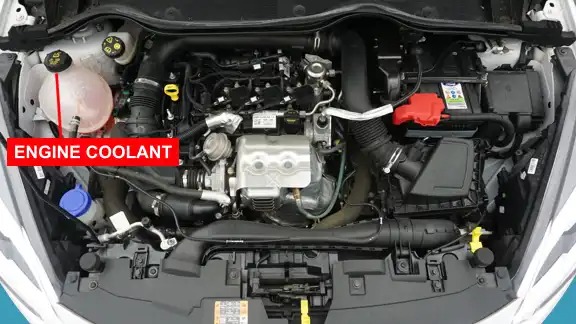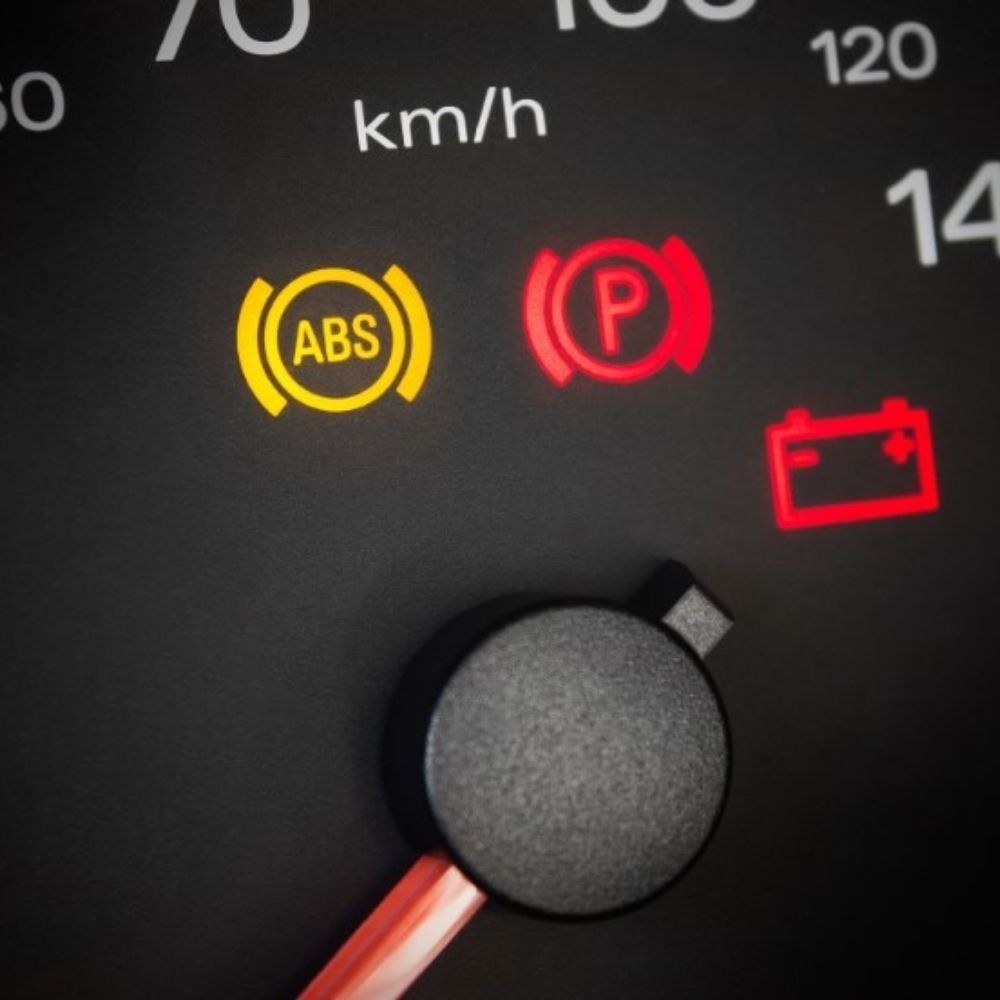

What is Ford Engine Coolant? – Types, Maintenance, and Common Issues
Contents
- What is Ford Engine Coolant and Why is it Important?
- Different Types of Ford Engine Coolant
- How to Check Your Ford Engine Coolant Level
- When to Change Your Ford Engine Coolant
- Common Ford Engine Coolant Problems
- What are the signs of low coolant?
- How often should I check my coolant level?
- Can I mix different types of coolant?
- Tips for Maintaining Your Ford Engine Coolant System
- Ford Engine Coolant and the Environment
- Conclusion
- Common Scenarios and Questions
- Further Reading
Ford Engine Coolant, a vital fluid, keeps your Ford engine running smoothly. It prevents overheating and protects against corrosion. Understanding its role, maintenance, and troubleshooting is crucial for every Ford owner. Let’s dive in and explore everything you need to know about Ford engine coolant.
What is Ford Engine Coolant and Why is it Important?
Engine coolant, also known as antifreeze, is a mixture of water and glycol. This crucial fluid plays a vital role in regulating your Ford’s engine temperature, preventing it from overheating in scorching summer heat and freezing in frigid winter conditions. Beyond temperature regulation, coolant also protects your engine from corrosion, which can lead to costly repairs down the road. Using the correct type of Ford engine coolant is essential for optimal performance and longevity.

Different Types of Ford Engine Coolant
Ford recommends using a specific type of coolant, often a gold-colored extended-life coolant. This coolant is designed to provide superior protection and long-lasting performance. Using the wrong type of coolant can potentially damage your engine’s cooling system. It’s always best to consult your owner’s manual for the recommended coolant type for your specific Ford model.

How to Check Your Ford Engine Coolant Level
Checking your engine coolant level is a quick and easy process. First, ensure your engine is cold to avoid burns from hot coolant. Locate the coolant reservoir, typically a translucent plastic tank, and check the coolant level markings. The level should ideally fall between the minimum and maximum marks. If the level is low, you might need to top it off.
When to Change Your Ford Engine Coolant
Ford recommends changing your engine coolant according to a specific schedule outlined in your owner’s manual. Generally, this involves flushing the old coolant and replacing it with fresh coolant every few years or a certain mileage interval. This process helps to remove any contaminants and maintain the coolant’s effectiveness.
Common Ford Engine Coolant Problems
Several issues can arise with your Ford’s engine coolant system. Leaks in the radiator, hoses, or water pump are common culprits, leading to coolant loss and potential overheating. A faulty thermostat can also disrupt temperature regulation, causing the engine to run too hot or too cold. Another potential issue is a malfunctioning powertrain control module, which can impact various engine functions, including coolant temperature control.
What are the signs of low coolant?
Overheating, temperature gauge fluctuations, and a sweet smell are all indicators.
How often should I check my coolant level?
Checking monthly, or before long trips, is a good preventative measure.
Can I mix different types of coolant?
Mixing coolants isn’t recommended, as it can compromise their effectiveness.
Tips for Maintaining Your Ford Engine Coolant System
Regular maintenance is key to keeping your Ford engine coolant system in top shape. Besides regular coolant changes, inspect hoses and connections for leaks, and ensure the radiator cap is secure. These simple steps can prevent major problems down the road.
“Regular coolant checks are like oil changes – easy to do and essential for engine health,” says veteran Ford mechanic, John Miller.
Ford Engine Coolant and the Environment
Properly disposing of used engine coolant is crucial for environmental protection. Never pour used coolant down the drain or onto the ground, as it contains harmful chemicals. Instead, collect it in a sealed container and take it to a recycling center or auto parts store that accepts used coolant.
“Responsible coolant disposal is a small but important step in protecting our environment,” emphasizes Sarah Johnson, an environmental consultant specializing in automotive fluids.
Conclusion
Ford engine coolant plays a vital role in keeping your Ford running smoothly. By understanding its importance, performing regular checks, and addressing any issues promptly, you can ensure your engine stays cool and performs at its best. Don’t underestimate the importance of properly maintaining your Ford engine coolant.
Common Scenarios and Questions
- Scenario: Overheating engine despite having enough coolant.
- Possible Cause: Faulty thermostat, water pump, or radiator fan.
- Scenario: Constant need to top off coolant.
- Possible Cause: Coolant leak.
- Scenario: Brown or rusty coolant.
- Possible Cause: Corrosion within the cooling system.
Further Reading
- Explore more on how to flush engine coolant.
- Learn about the symptoms of a bad engine coolant sensor.
- Understand the importance of the ford powertrain control module.
Need help with your Ford’s engine coolant? Contact us via WhatsApp: +1(936)2896695, email [email protected] or visit us at 4590 Angus Road, New York, United States. Our 24/7 customer support team is ready to assist you.


Vediamo vs Xentry: What’s the Difference?

Why Did My ABS Light Come On? Four Reasons Update Latest

ABS Auto Brake Service – Anti-Lock Brake Service Cost





